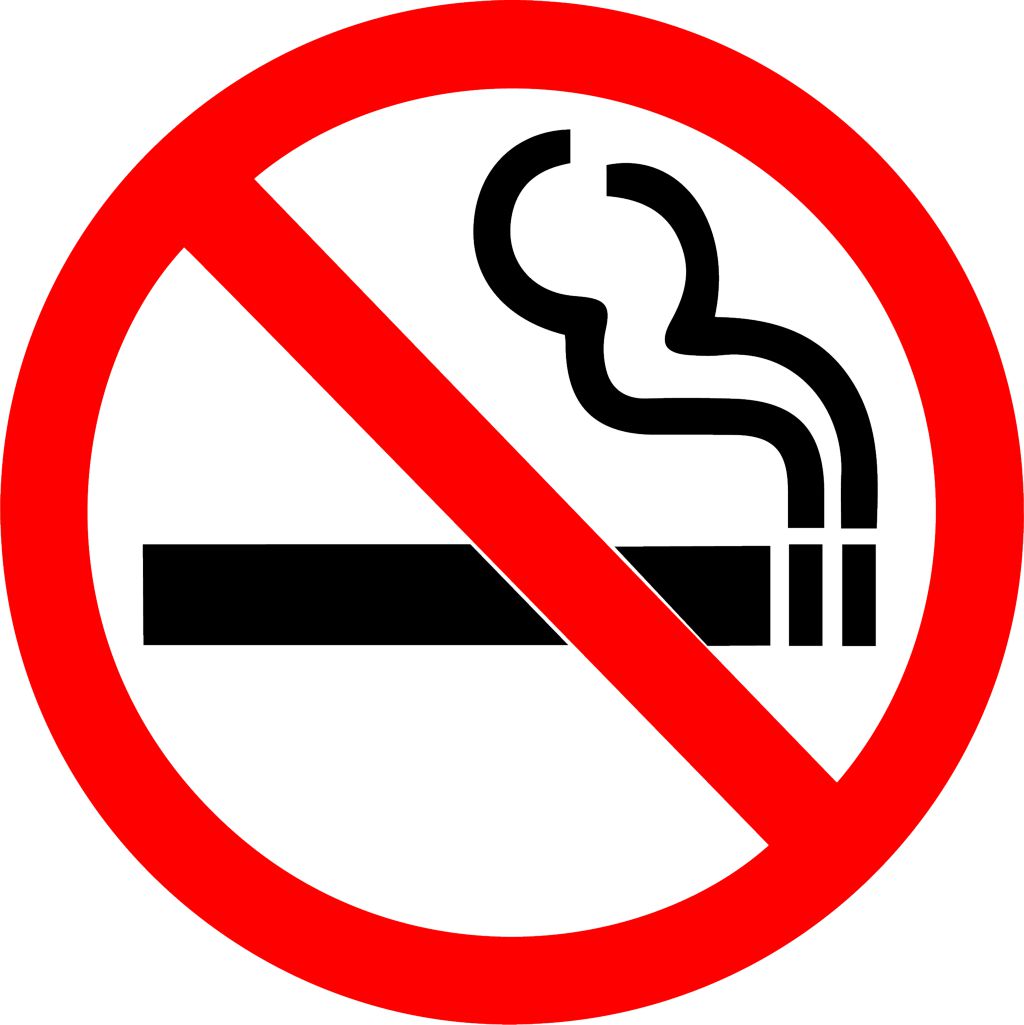Symptoms
Hyperthyroidism symptoms usually include palpitations, nervousness, diaphoresis, heat-intolerance, hand tremor, weight loss, frequent defecations, menstrual irregularity, and proptosis in some patients.
Causes
There are many causes leading to hyperthyroidism, for example, toxic multinodular goiter, pituitary adenoma, chorionic gonadotropin-secreting tumors, and etc. Graves’ disease, with a diffusing goiter, accounts for the most commonly known attribution of hyperthyroidism.
Diagnosis
Laboratory examinations often indicate elevated thyroid hormone level and most patients with Graves’ disease have anti-thyroid antibodies.
Graves’ disease
- Graves’ disease is a kind of autoimmune disease, a genetically inherited family disease, and there are 1 to 7 ratios of men to women; and antithyroid drugs, a conservative treatment, are often used to restore the function of hyperthyroidism. It requires long term medication treatment which is to take oral antithyroid drugs, and the relapse rate for stopping such a treatment is approximately 50%.
- It takes one to two months for most patients to achieve euthyroidism with oral antithyroid drugs. In general, it takes 2 years for patients to recover and therapy duration often correlates with the relapse rate. There is high relapse rate for patients undergoing less than 6 months treatment but the remission rate is up to 50% after 18 to 24-month treatment course.
- Surgery or radioiodine, an alternative therapy, destroys thyroid gland; radioiodine is cheap and patients do not need to go through the kind of pain caused by operation; yet it takes a while for the effect to kick in and it might incur hypothyroidism deficiency with life-long thyroxine supplementation. Hypothyroidism is significant during the first year or two after the treatment with radioiodine. If the dose delivered is sufficient for ablation, permanent hypothyroidism will ensue in more than 80% of patients by 6 months. Often surgical intervention relieves discomfort promptly but there is possible surgical complication, and some patients might suffer from post-operational hypothyroidism.
- Each treatment modalities posses its pros and cons; doctors prescript differently according to patients’ condition, as in patient’s age, heart condition, urgency of pregnancy plan, potential relapse, or marked goiter to determine treatment method.
Things to be aware of when undergoing antithyroid drug treatment:
- Prohibitions: avoid eating laver, dry laver, and seaweed; avoid drinking coffee and tea; and do not smoke.
- If you encounter sore throat, fever, or tonsillar abscess during antithyroid drug treatment, please check the number of white blood cells and contact your primary physician once the number is less than 3,000/uL.
- If you have pruritus or skin rash, please inform your primary care physician at the clinic and do not stop the medication by yourself.
- If you are pregnant, please inform your primary care physician; and do not stop the medication, and increase or decrease the dosages by yourself.
- The treatment course lasts 2 years, please be patient and cooperative with your doctor. Thyroid function follow-ups include:
- Measure the thyroid function before treatment.
- 4-6 weeks after the medication treatment, we ask patients to return to the hospital for a blood sampling follow-up check in order to adjust the dosage.
- Every 3-6 months, patients are asked to do a blood sampling follow-up check for medication dosage adjustment.
- After a 2-year course treatment, patients will be asked to draw blood samples in order to decide whether it is feasible to stop medication.
- After stopping drug treatment, it takes minimum of 3 years to do the thyroid function follow-up check to prevent relapse. For the first year, patients are asked to do a follow-up check every 3-6 months and 6-12 month per follow-up after that.
What you should know about Graves’ Ophthalmopathy, the so-called exophthalmos:
- Maintain euthyroid and avoid thyroid dysfunction.
- Minimize corneal exposure and stimulation to sunlight, sandy wind, and chemicals; contact lenses are strictly inhibited. Patients should sleep with eye patch and wear sunglasses under light stimulation.
- Cigarette smoking prohibited, and secondhand smoking included.



